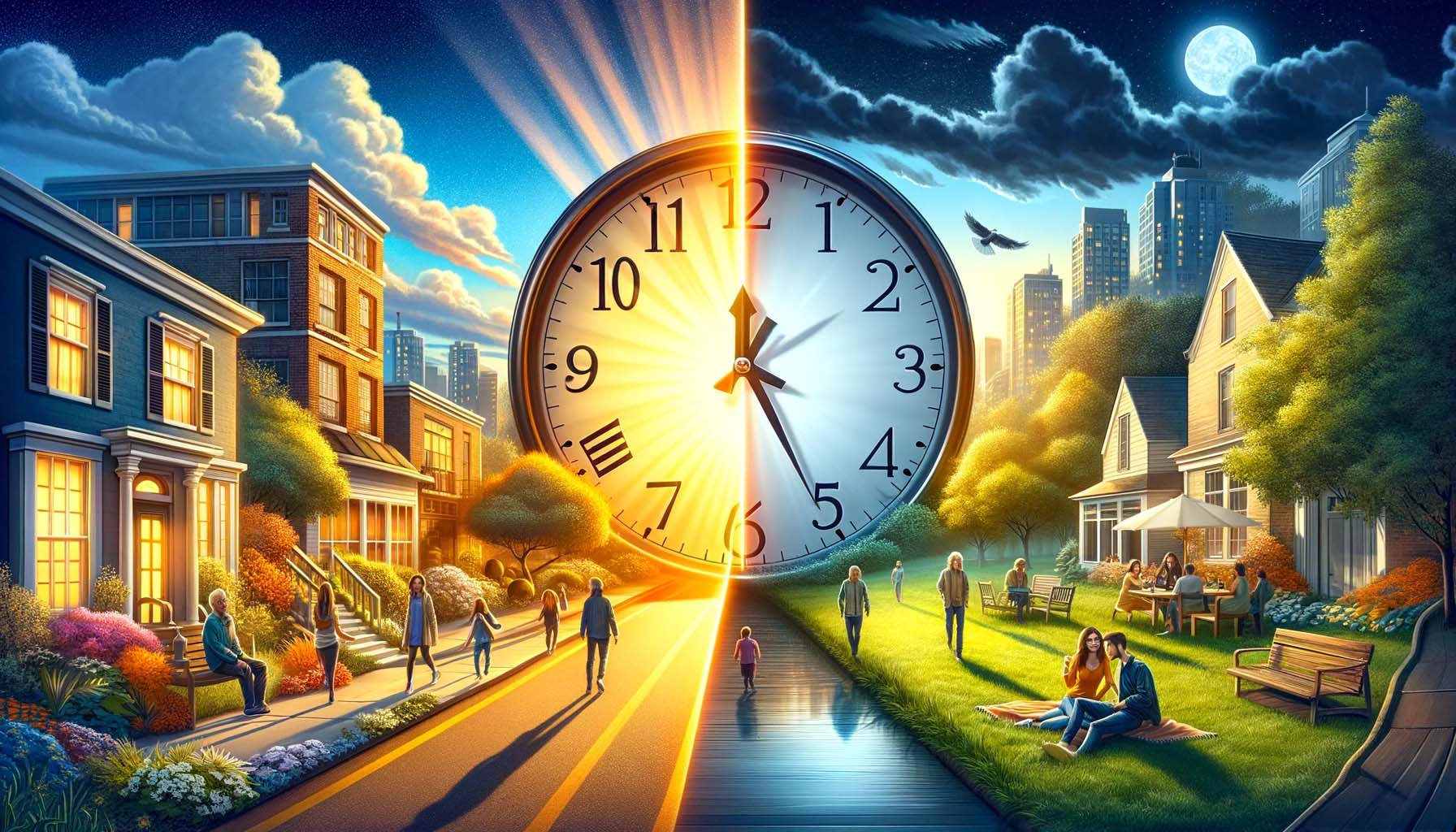As we approach the annual transition to Daylight Saving Time (DST), residents are reminded to set their clocks forward, marking a period of longer daylight hours that has both its enthusiasts and detractors. This practice, which entails moving the clock forward by one hour to extend evening daylight in the summer months, has a rich history and varying adoption rates across the United States.
The Clock Change Ritual
The most immediate effect of DST for most people is the need to adjust their clocks. As the saying goes, “spring forward, fall back,” indicating that clocks should be set forward by one hour in the spring and back by one hour in the fall. This year, the shift to DST occurs on Sunday, March 10 at 2:00 am. As we “spring forward,” individuals are encouraged to adjust their clocks before going to bed on Saturday night, ensuring they do not lose an hour of the day unwittingly.
A Brief History of Daylight Saving Time
The concept of adjusting the clock to utilize daylight more efficiently dates back over a century, with various iterations and adjustments throughout its history. The idea was first proposed by Benjamin Franklin in 1784, humorously suggesting that Parisians could economize candle usage by rising earlier to use morning sunlight. However, it wasn’t until World War I that DST was implemented by several countries, including the United States, to conserve energy. The practice was discontinued after the war but was reintroduced during World War II. After the war, DST became a local option, leading to widespread confusion due to lack of uniformity, until the Uniform Time Act of 1966 established standard dates for starting and ending DST but allowed states to exempt themselves from the practice.
Geographic Variations in DST Adoption
The adoption of DST is not uniform across the United States, leading to a patchwork of time observances. Most of the U.S. observes DST, except for Hawaii and most of Arizona, which have opted out due to their already plentiful sunshine and to avoid the complications DST can introduce. Several territories, including Puerto Rico, Guam, the U.S. Virgin Islands, and American Samoa, also do not observe DST.
In recent years, there has been growing interest in adopting DST permanently, eliminating the need for biannual clock changes. States like Florida, Oregon, Washington, and Tennessee have passed legislation to observe DST year-round, contingent on federal approval, as current federal law only allows states to opt out of DST, not to adopt it permanently.
The Debate and Future of DST
The practice of DST has its proponents and opponents. Supporters argue that DST saves energy, reduces traffic accidents, and increases physical activity by providing more daylight in the evening. Critics, however, dispute these benefits, pointing to the health risks associated with the biannual time change, including sleep disruption and increased heart attack risk. They advocate for either a permanent standard time or a permanent DST to avoid these twice-yearly adjustments.
The future of DST remains a topic of legislative and public debate. While some advocate for its permanent adoption to maximize daylight hours, others call for a return to standard time year-round, citing health and safety concerns. As the discussion continues, the immediate task for most Americans is simpler but no less important: remember to adjust your clocks as DST begins, embracing the longer days and warmer evenings that lie ahead.


